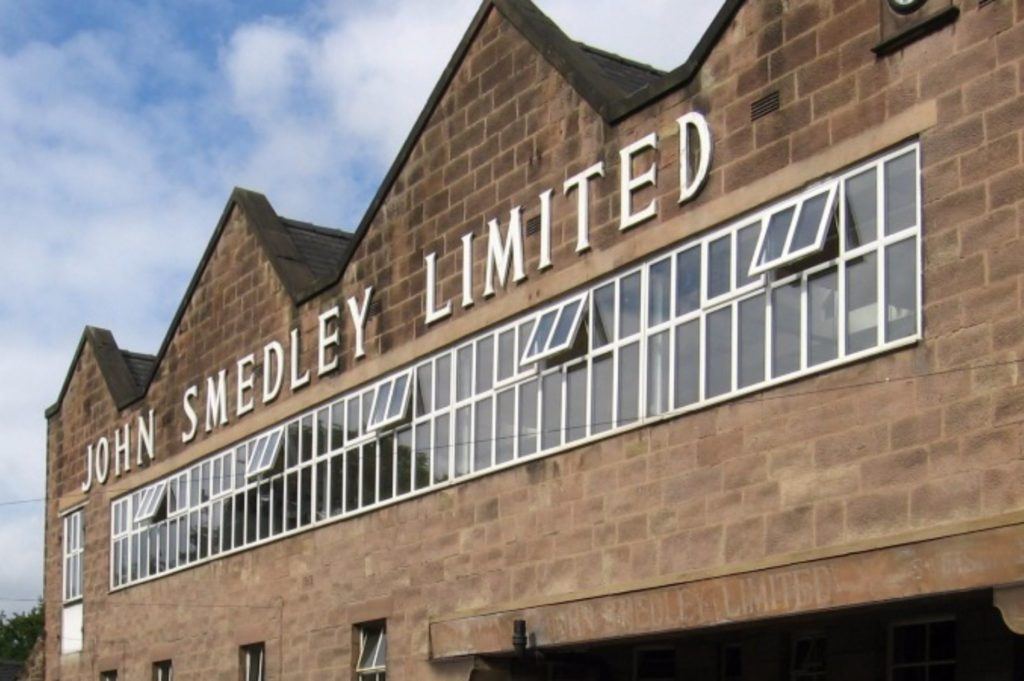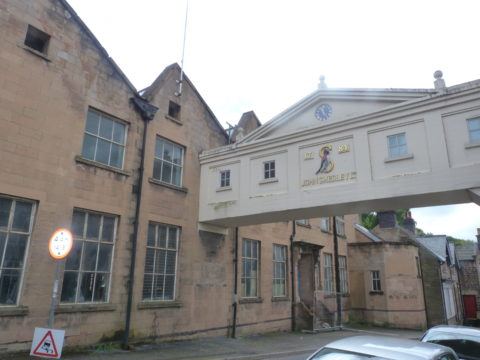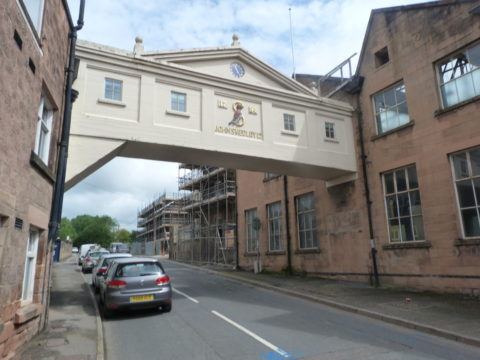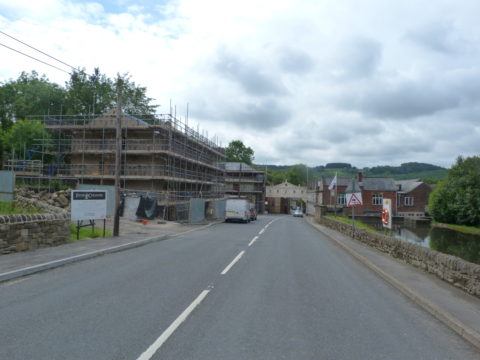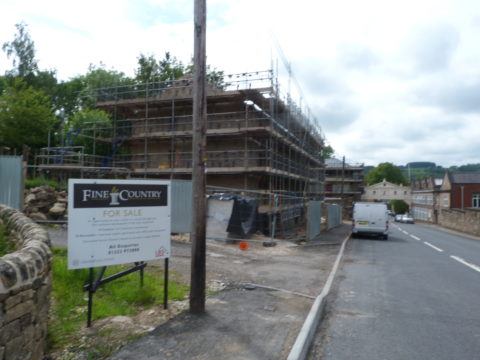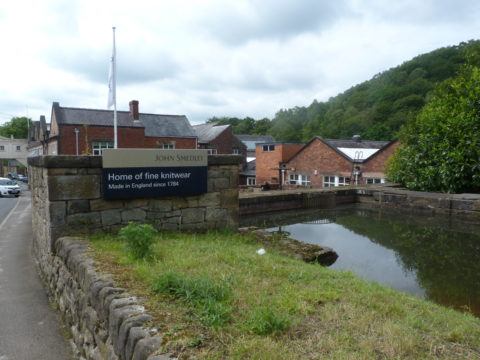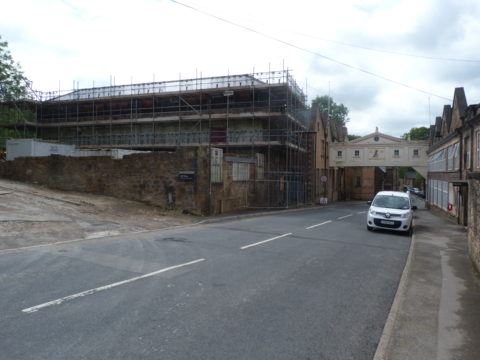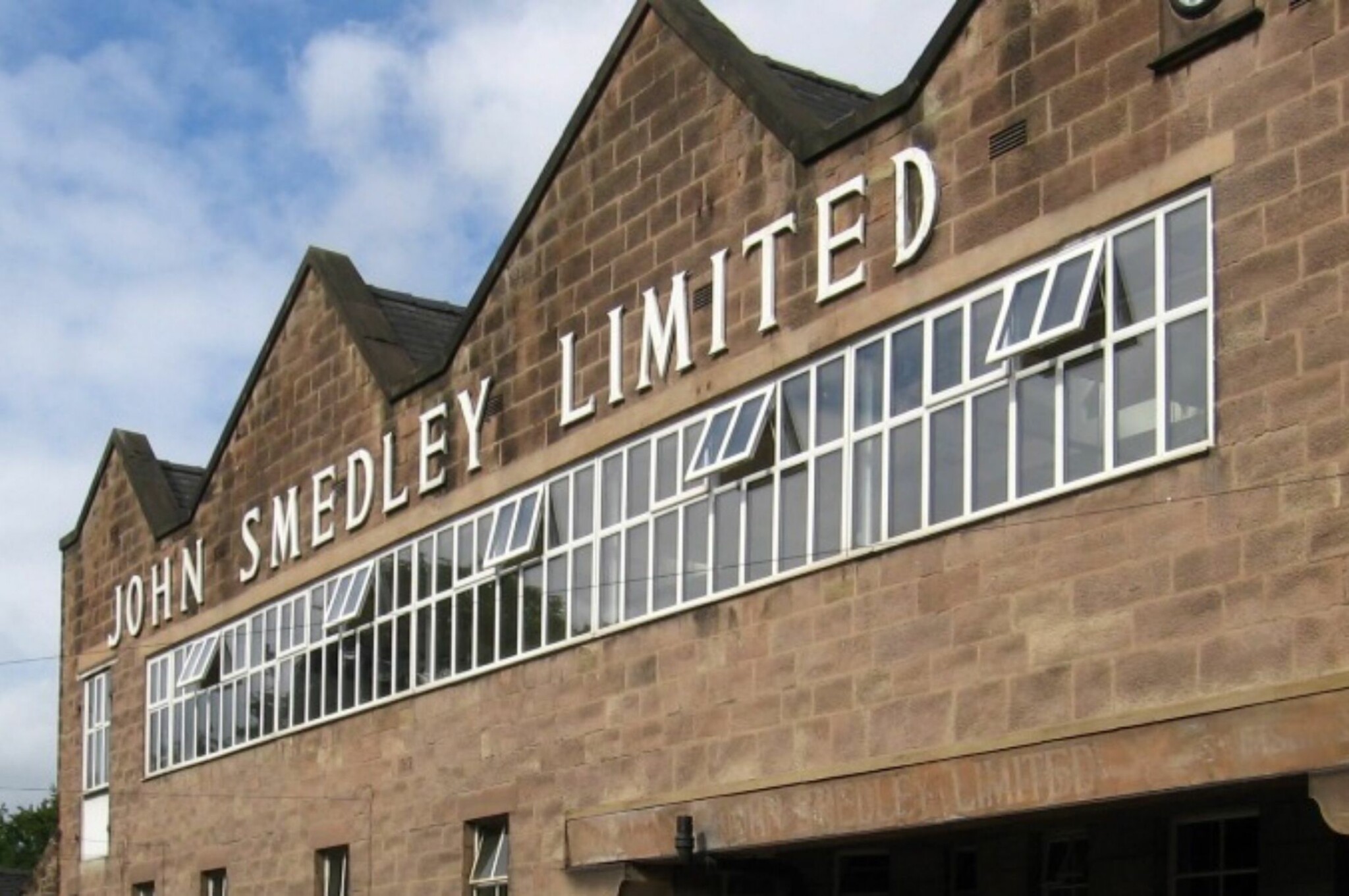
John Smedley ltd has been producing textiles in a quiet corner of rural Derbyshire for the last 237 years. Originally established as a cotton mill, but a wool spinning mill for most of its history, John Smedley can claim to be the oldest continuously manufacturing factory in the world, and is the last surviving working textile mill in the Derwent Valley Mills World Heritage Site.
But with an extensive, aging building stock and cheaper foreign competition, running a textile mill in England in the 21st century is not easy. How does one keep this living history alive?
Thankfully, with an open-minded and committed client (John Smedley Ltd), and imaginative architect (Evans Vettori) and supportive local authority (Amber Valley Borough Council), we were able to secure a planning consent in December 2015 which has gone a long way to helping the company to achieve this.
Permission was granted for the redevelopment of surplus land and buildings at the factory site to provide 26 new dwellings, through a combination of conversion and new build. Development is now well underway.
The scheme did involve some difficult decisions. Certain buildings needed to be demolished to facilitate the conversion of others. with the help of an archaeologist and the company archivist we assessed and documented the historic significance of all buildings affected, and in consultation with historic England, decided which buildings to remove.
Some elements of the scheme were more controversial than others. We proposed to build a terrace of 4 new town houses -a modern take on a traditional Derwent valley workers terrace- on a Greenfield part of the site fronting the main road. One or two of the neighbours had misgivings about this element, preferring to see the development confined to brownfield land only. We calculated however that the four new dwellings would be needed to make the scheme viable and submitted costings to demonstrate this.
The scheme also included a novel package of section 106 contributions, including money towards an apprentice and staff training program at the company, the establishment of a company archive to house its extensive collection of historic garments, and the restoration of 3 Grade 2 listed, derelict and extremely dilapidated late 18th and early 19th century workers cottages, and their use as affordable housing. These contributions were not required by policy or requested by the local authority, but rather offered by the company to demonstrate their commitment to investing in worthwhile projects.
Looking back, some interesting lessons can be drawn. The restoration of the cottages was extremely rewarding and was very well received by local heritage groups but was unsurprisingly more expensive than first anticipated. The new build terrace of 4 did indeed prove crucial to the viability of the scheme, received a RIBA (Royal Institute of British Architects) design award and has proved popular with purchasers. The best outcome of all is that the investment generated, and put towards worthwhile projects, has contributed to the continued operation of John Smedley Ltd as a working textile mill. The heritage benefits of this living history are in my opinion very significant indeed.
Jon Millhouse is a Chartered Town Planner and member of the Institute of Historic Building Conservation (IHBC).
Planning & Design Practice Ltd are a team of planners and Architects, based in Derby and Sheffield, who specialise in heritage projects. We recognise that historic buildings and landscapes are intrinsic to our sense of place and identity, and have considerable experience of developments involving Listed Buildings, Conservation Areas and World Heritage sites.
